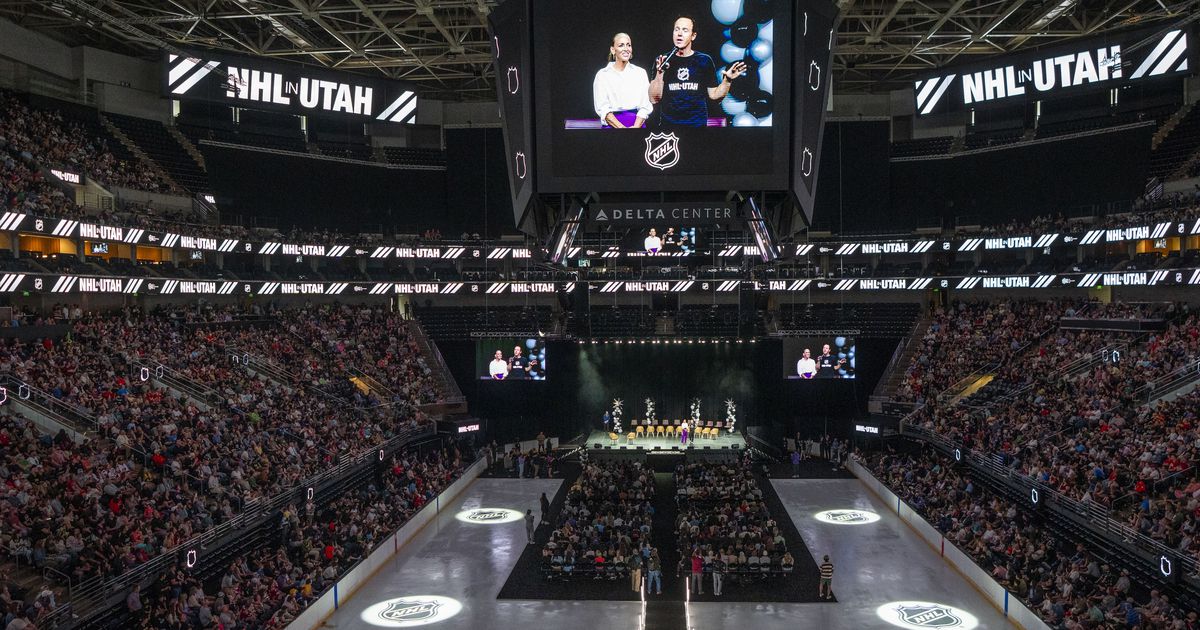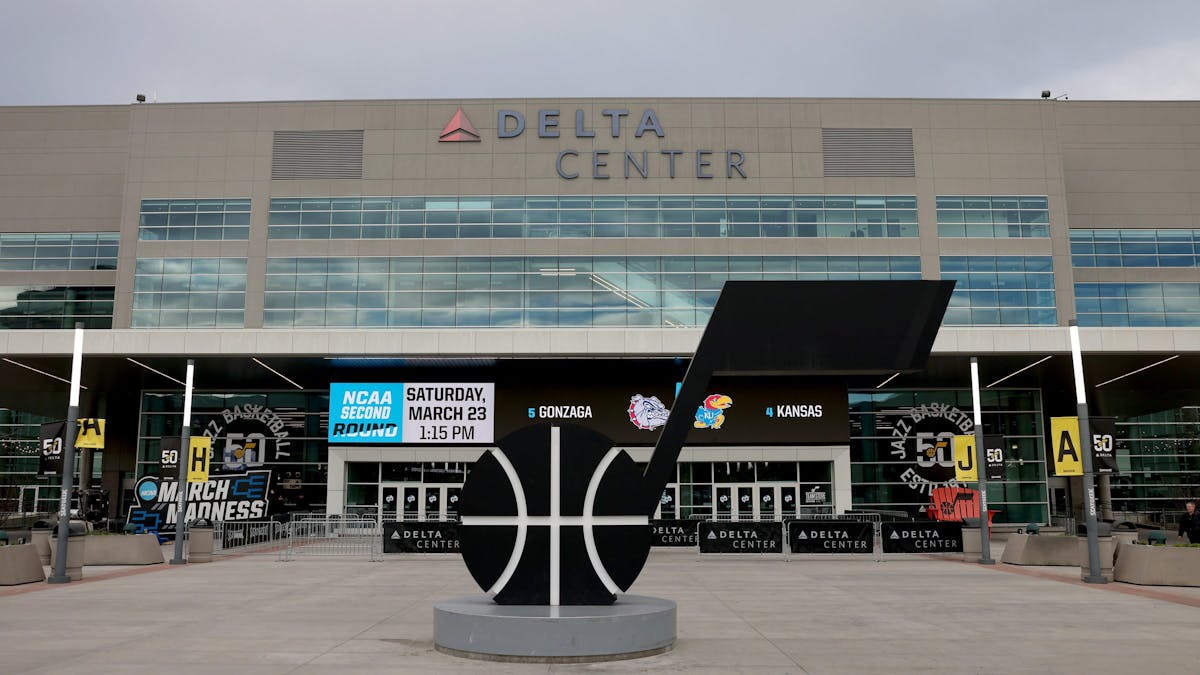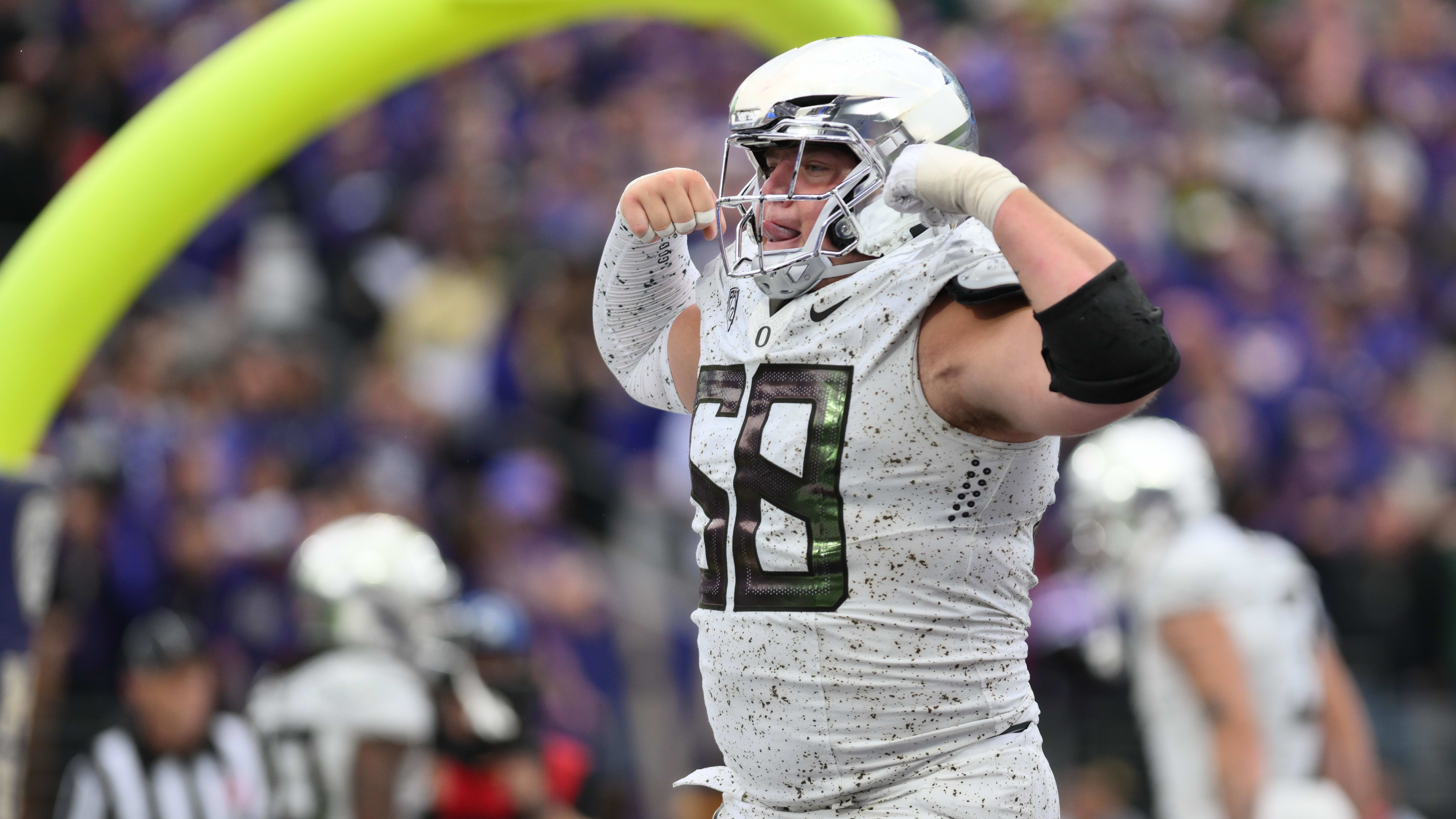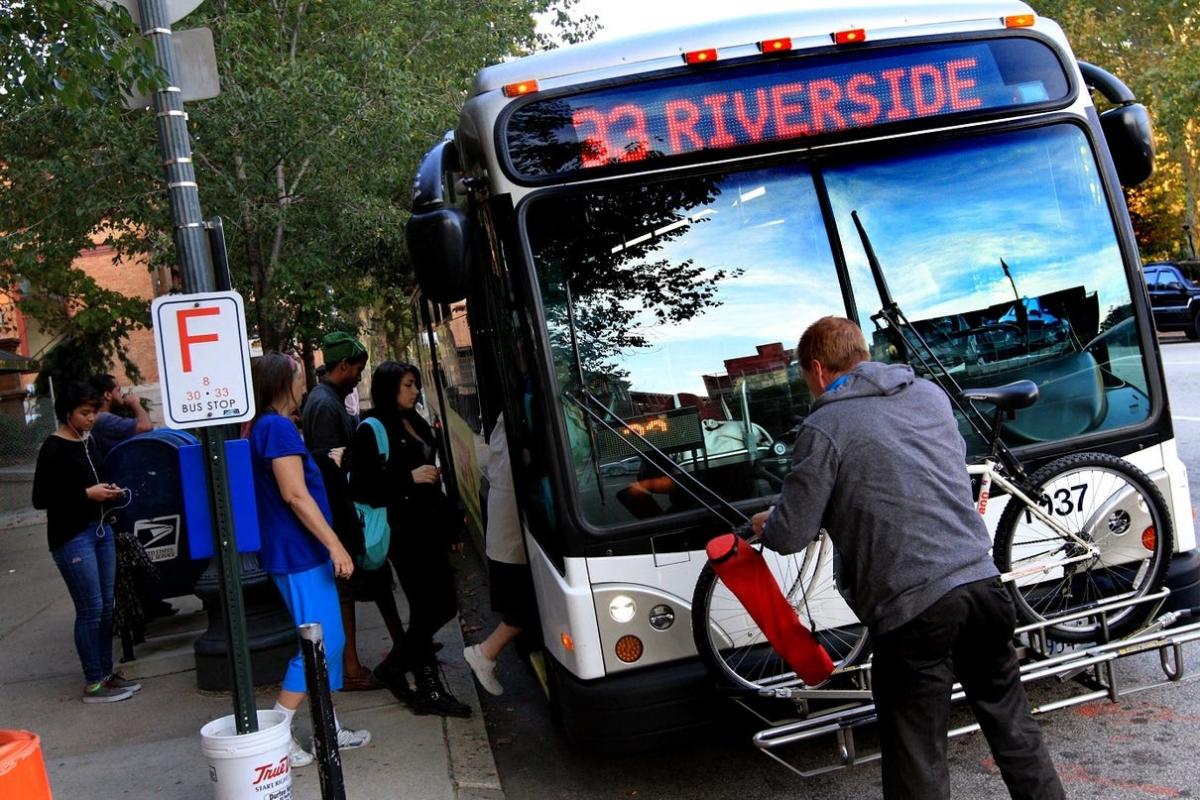Nalini Nadkarni, professor emerita of biology at the University of Utah, recently took a trip to the Pacific Northwest — a combined trip for research, visiting friends and making her annual solo backpacking adventure.
There was one more item on Nadkarni’s agenda: Seeing “Barbie,” the hit movie by director Greta Gerwig, based on the long-popular Mattel doll.
“Generally, I felt that it provoked reflections on how we see ourselves and each other; how difficult (perhaps impossible!) it is to define ourselves; and the importance of providing models and choices about our future, without encumbering them with expectations,” Nadkarni wrote in an email. “I felt that many of these messages were presented in the film – not always neatly and coherently, but then, defining oneself is never neat or coherent.”
(Warner Bros. Pictures) Barbie (Margot Robbie, front) drives her pink Corvette out of BarbieLand, with Ken (Ryan Gosling) as a stowaway, in director Greta Gerwig’s “Barbie,” based on the iconic Mattel doll.
For Nadkarni, a pioneer in the field of studying the canopies of forests, the connection to a 12-inch plastic figure may not be obvious. It helps to know that when the “Barbie” movie marketing says “she’s everything,” Nadkarni is one of the people who helped make that literally true.
Two decades ago, Nadkarni proposed to Mattel that they create “Treetop Barbie” — a doll with the job of a canopy scientist, a relatively new field at the time. Like Nadkarni, this Barbie would be equipped with the tools necessary to research in the highest part of the forests.
“I simply wanted to show little girls that being curious about and exploring forest canopies with a crossbow, ropes, helmet and instructional booklet about canopy plants is a possibility for grownups,” Nadkarni said.
Nadkarni approached Mattel, the maker of Barbie, with the idea — but Mattel didn’t bite. The company, Nadkarni said, rejected the ecologically minded scientist idea, and told her that all Barbies were designed in-house.
“I took this to mean that they wanted to control what Barbie represented to their established structure,” she said, “and Treetop Barbie, at that time, did not fit.”
The dismissal, she said, said less about Mattel than it did about consumers. “I think that society was in a different ‘state’ than it is now,” Nadkarni said. “There were fewer young girls who felt an inclination toward a professional career in field science.”
Still, Nadkarni pushed on — and, eventually, Mattel agreed that she could sell the doll to a small market. So she sold Treetop Barbie on her website, and at conferences where she spoke, for the next decade.
In March 2015, the University of Oregon conducted a study that determined that “girls playing with Barbie appear to believe that there are more careers for boys than for themselves.”
Nadkarni’s creation of Treetop Barbie pointed out the doll’s effect on children, before any studies were conducted.
“Kids can’t actually be in their career until they are grownups, so playing with toys – whether Barbie or Legos or sand castles at the beach – is a way to act out that career and judge their own responses to it,” Nadkarni said.
What happens, though, when a toy’s “career” is to fit the stereotype of society’s ideal woman? Nadkarni said, “I think the problem with the stereotypical Barbie was that Mattel presented only one ideal – the model body, the model consumerism of accessories, the model relationships with Ken and other males.”
After the Oregon study, an earnest rebranding of Barbie began. The classic blonde Barbie, once the center of the Barbie universe with supporting dolls of varying shapes and skin tone, became a multifaceted character who came in a plethora of sizes and colors. (This is reflected in the movie, with star Margot Robbie as “stereotypical Barbie,” with a cast of Barbies played by Issa Rae, Alexandra Shipp, Emma Mackey, Hari Nef, Sharon Rooney, Ana Cruz Kayne, Ritu Arya, Dua Lipa, Nicola Coughlan and Kate McKinnon.)
During Mattel’s rebranding, the Explorer Barbie series was developed — a 2019 project with National Geographic, creating Barbies in such professions as polar marine biologist, wildlife conservationist, astrophysicist, photojournalist and entomologist. Mattel and National Geographic partnered with five women in STEM careers to help accurately design the dolls. One of those women was Nadkarni.
(Rick Bowmer | Associated Press file photo) University of Utah canopy scientist Nalini Nadkarni holds the Mattel/National Geographic “Explorer Barbie” inspired by her profession, in a 2019 photo. Nadkarni was a consultant on the line of Barbie dolls that had careers in science and conservation.
When Mattel and National Geographic approached Nadkarni, she said, she knew a societal shift had taken place. There were, she said, “a larger number of girls who wanted to explore what being a field scientist might be like.” She attributed the success of the Explorer Barbie series to society’s growing approval of women in STEM-related fields.
Nadkarni, now 68, remains quite active in the field of tree science. On her recent Pacific Northwest trip, she checked in on a project that started in 2016, documenting the lifespans of mosses and lichens that live on tree trunks. Nadkarni is also familiar to listeners of KUER, NPR Utah, for her weekly “TreeNote” feature.
Looking back on her work with Mattel, Nadkarni said she acknowledges her understanding of the corporate ladder’s rungs was hard-won.
“The corporate world is about having to meet the bottom line and to protect its products,” she says.
Even so, Nadkarni said her experiences with the company were largely positive. “The people I actually interacted with at Mattel were forward-thinking, easy to communicate with, and had the interests of girls and women at heart,” she said.
Since the Explorer Barbie series was released, other female dolls holding various careers have been introduced, as Barbie carves out a new space for herself in the current market. And the movie’s success — it topped $1 billion in global ticket sales last weekend, making Gerwig the first solo female director to reach that mark — confirms that Barbie is a champion for everyone.
Even as Barbie’s world continues to spin, Nadkarni said, she could be doing more.
“I think it would also be good to have Barbies who are stay-at-home moms, nannies, nurses, house-cleaners and people who are homeless,” she said, “to build a sense of understanding of all people in society.”
Editor’s note • This story is available to Salt Lake Tribune subscribers only. Thank you for supporting local journalism.

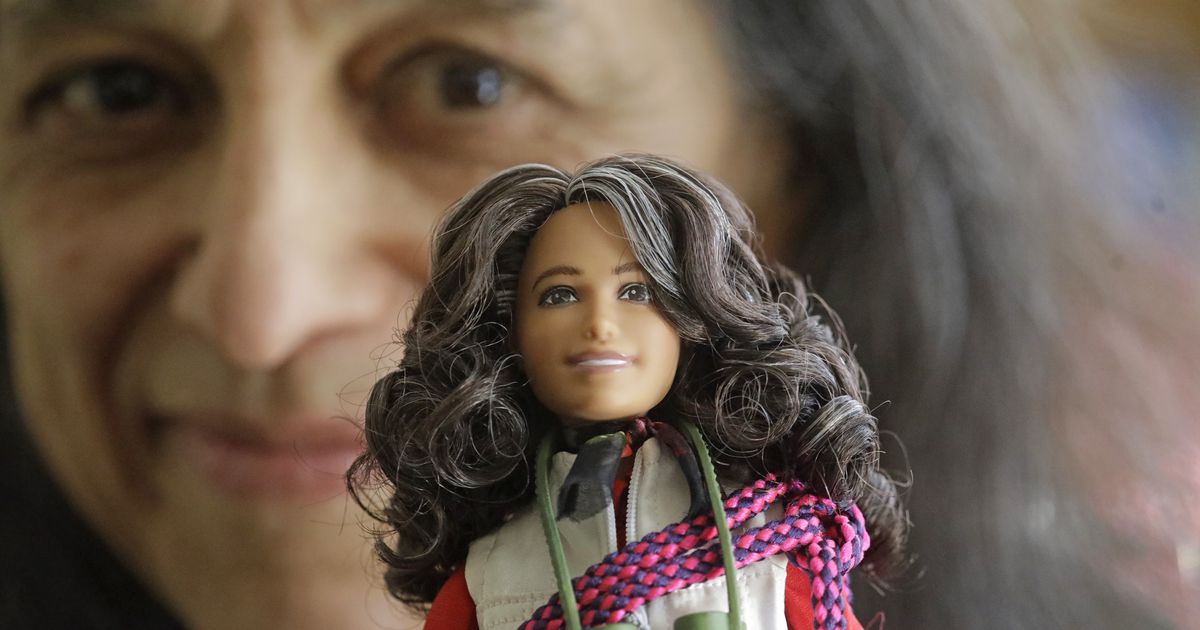
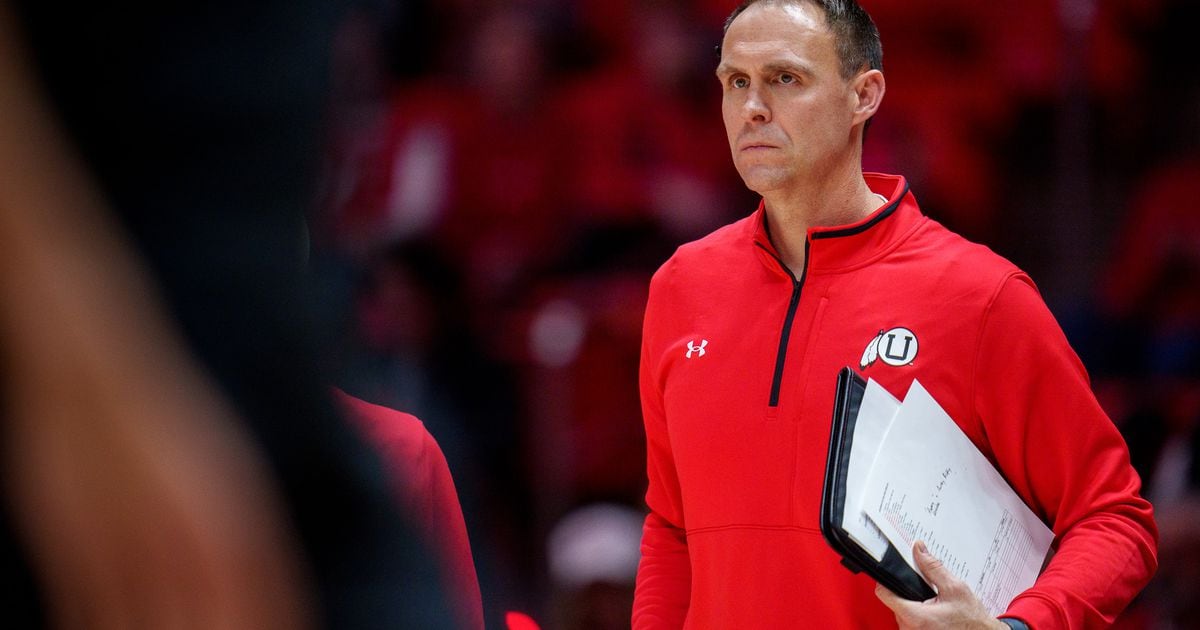



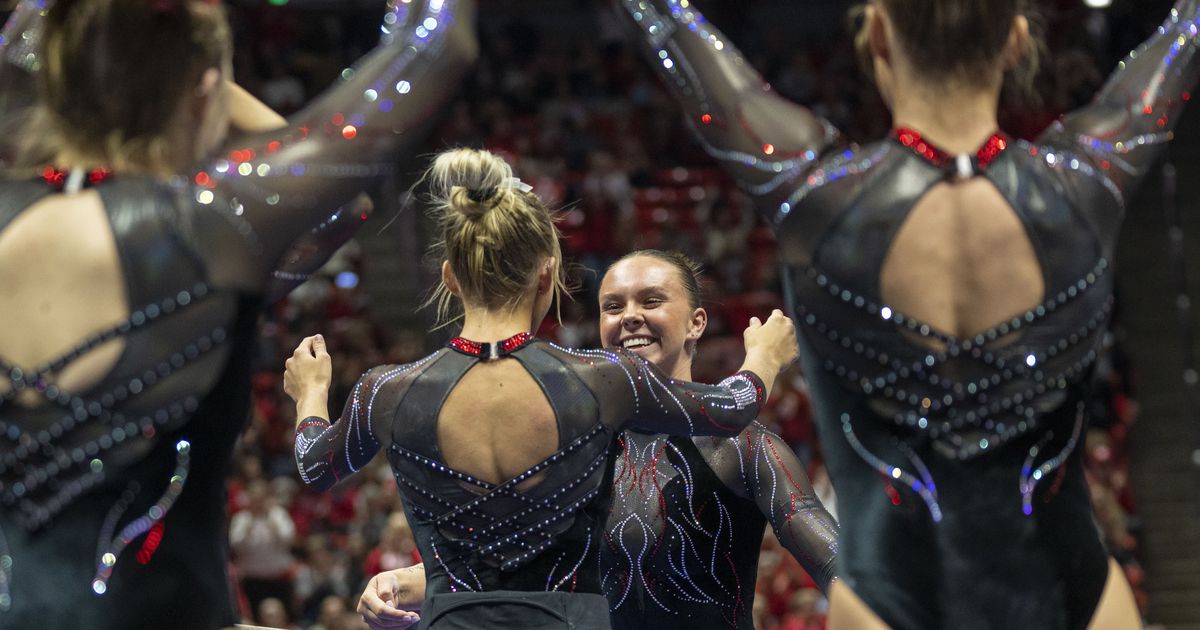
/cdn.vox-cdn.com/uploads/chorus_asset/file/25253202/AP24027208815731.jpg)
